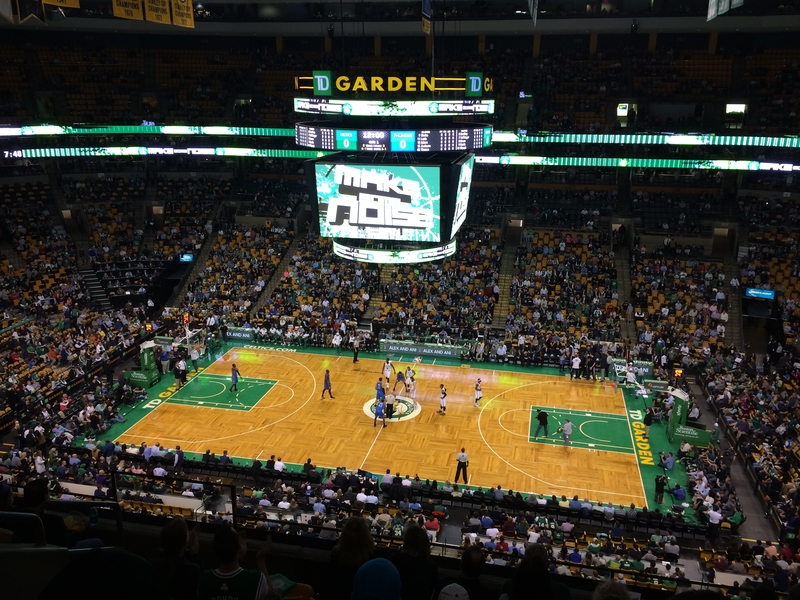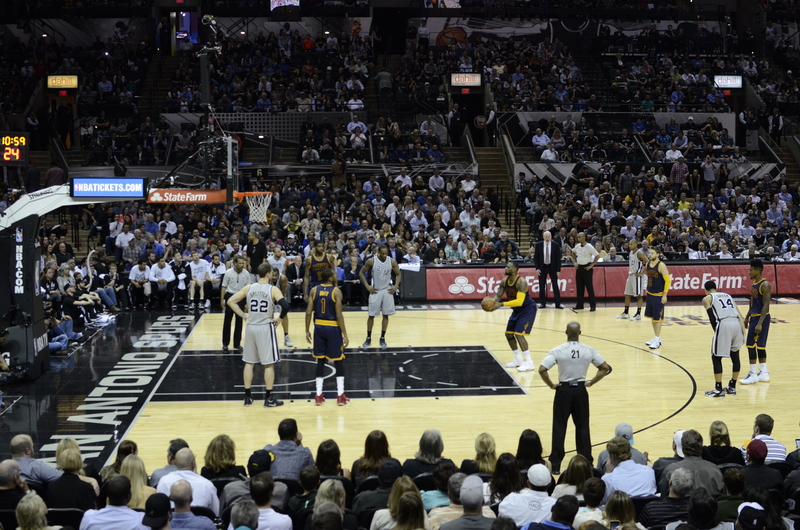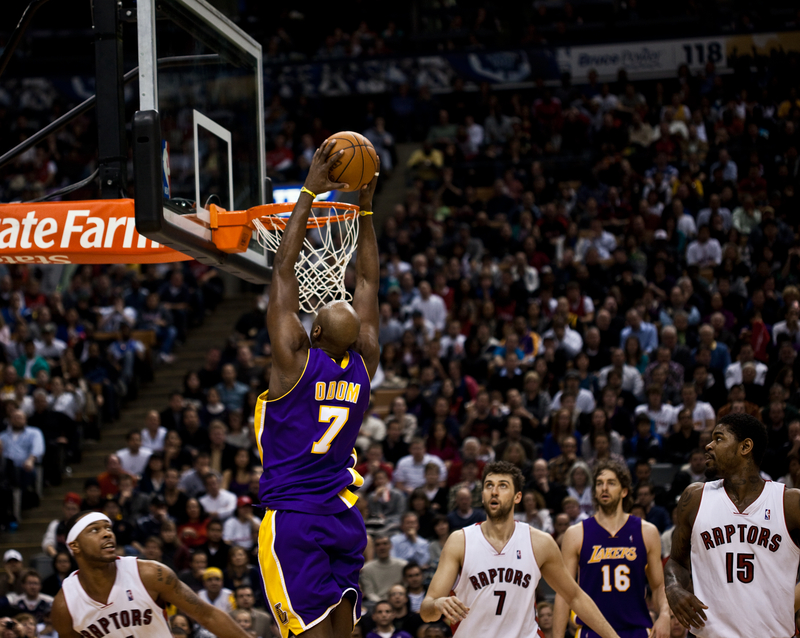Last updated on October 25th, 2023 at 08:00 am
Question and Answer
- What is a Free Throw?
- What is a Triple-Double?
- What is a Technical Foul?
- What is Goaltending?
- What is an Assist?
- What is the Paint in Basketball?
- What is a Slam Dunk?
- What is a Field Goal in Basketball?
- What is a Flagrant Foul?
- What is a Double Dribble?
- What is a Charge in Basketball?
- Backcourt Violation Rule
- How Long is an NBA Halftime?
- Basketball Rebound
- What is a Screen in Basketball?
- What Does ISO Mean in Basketball?
- What is a Swish in Basketball?
- What is the Top of the Key in Basketball?
- What is a Pivot in Basketball?
- What is a Carry?
- Basketball Turnover
- Pick and Roll Basketball
- What is a Small Forward?
- What is the Point Guard in Basketball?
- What Does PF Mean in Basketball?
- What is an Air Ball?
- How Many Quarters in Basketball Games?
- How Long is a Basketball Game?
- Shot Clock
Advanced Basketball Questions
Thoughts and Opinions
Greg Kristan, owner of The Stadium Reviews, LLC and TM Blast, LLC, brings his extensive experience visiting over half of the MLB ballparks, along with numerous MLS, NHL, NBA, and NFL venues, to provide in-depth coverage on the bag policy, food options, and parking. He has also been interviewed about his experiences on several sports podcasts.




